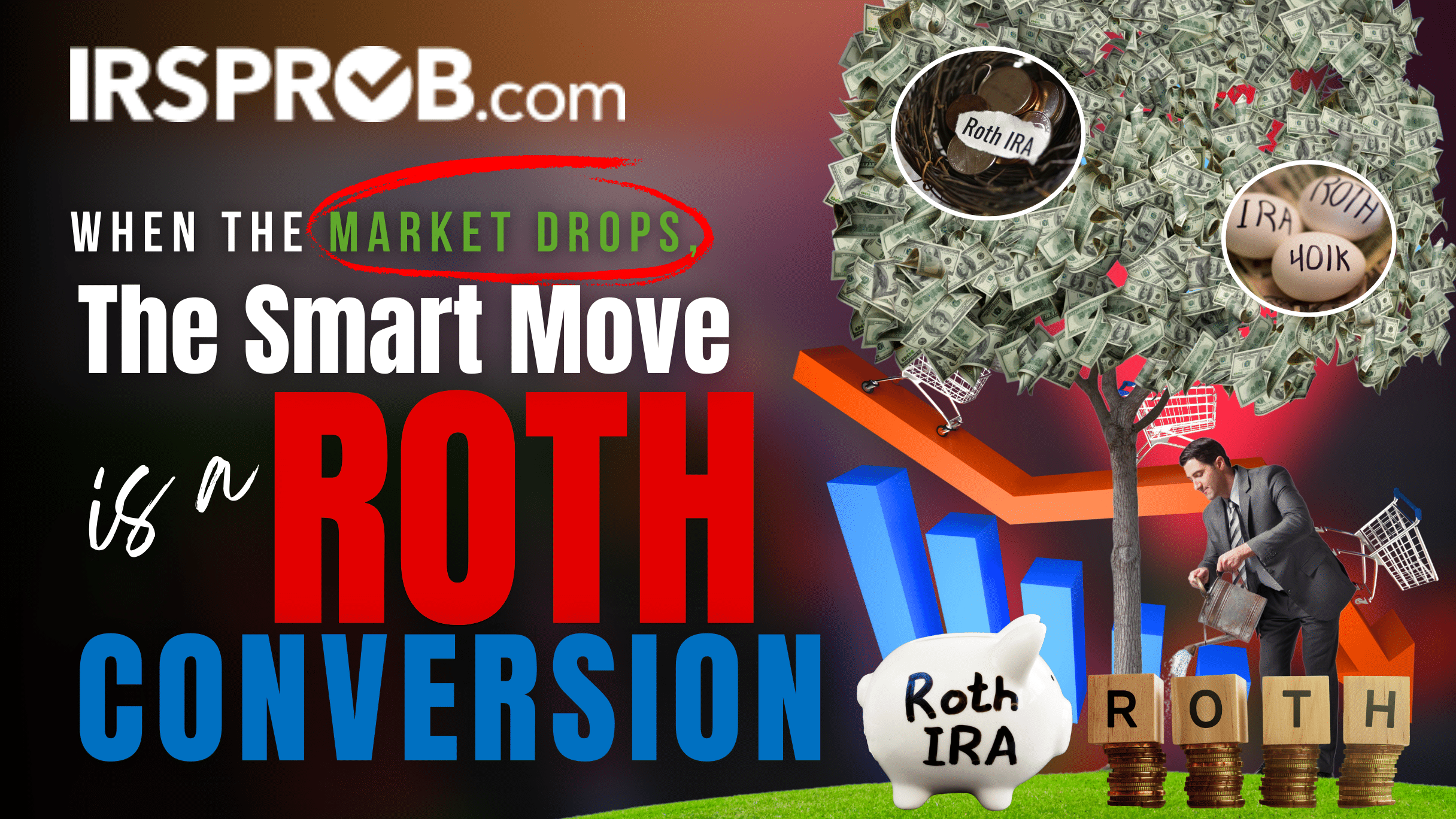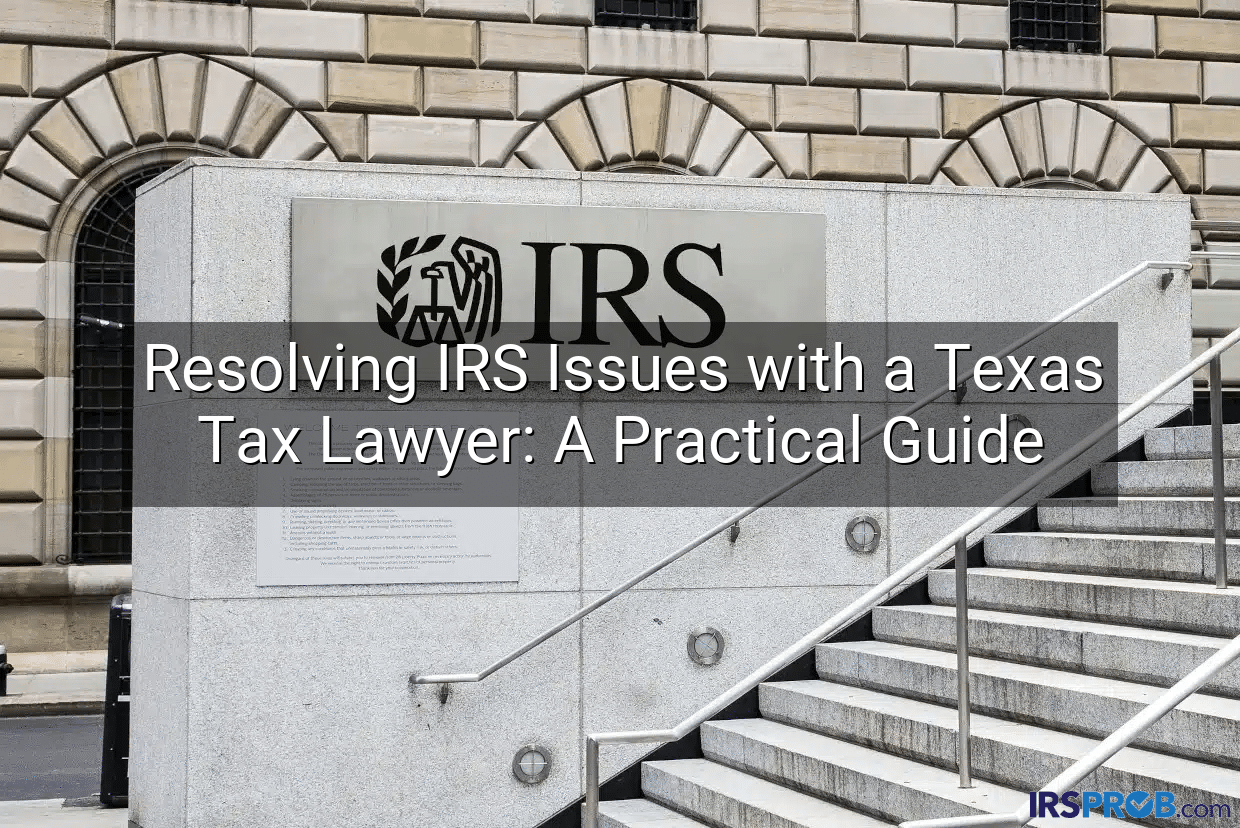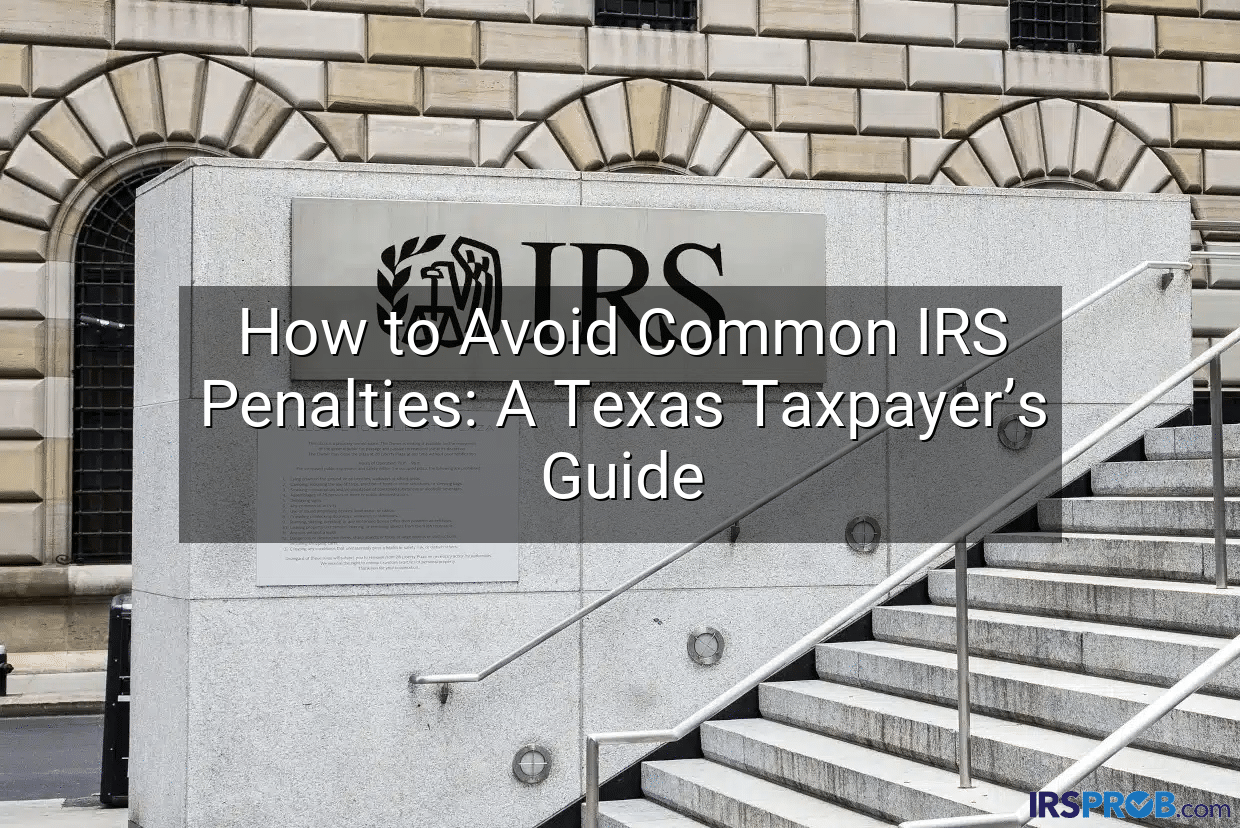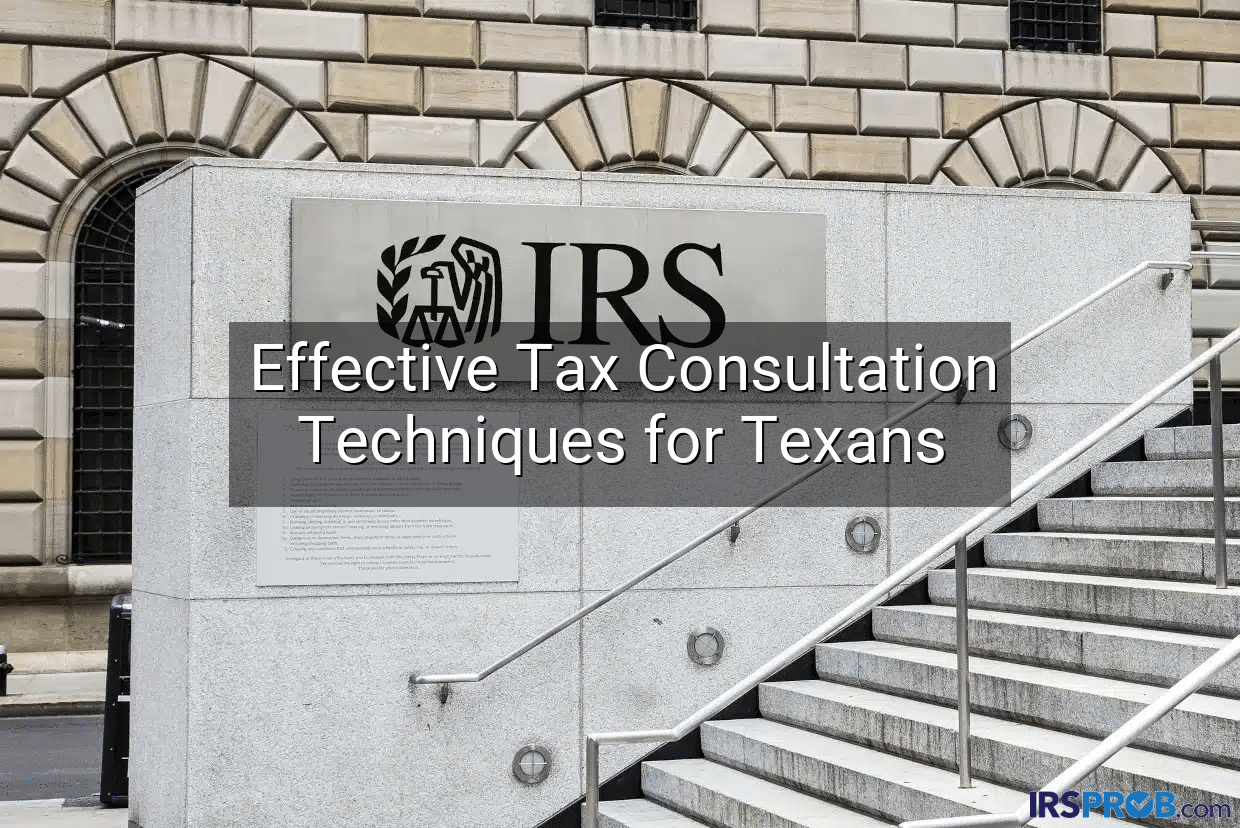For years, financial and tax advisors have lectured about the great things about Roth IRAs and why you should convert traditional IRAs into Roth accounts.
But, of course, you didn’t get around to it. In hindsight, maybe that was a good idea after all.
For many people, the financial fallout from the COVID-19 crisis creates a once-in-a-lifetime opportunity to do Roth conversions at an affordable tax cost and also gain insurance against future tax rate increases.
Roth IRAs Have Two Big Tax Advantages
Let’s check them out.
Tax-Free Withdrawals
Unlike withdrawals from a traditional IRA, qualified Roth IRA withdrawals are federal-income-tax-free and usually state-income-tax-free, too.
What is a qualified withdrawal? In general, the tax-free qualified withdrawal is one taken after you meet both of the following requirements:
1.) You had at least one Roth IRA open for over five years.
2.) You reached age 59½, became disabled, or died.
To meet the five-year requirement, start the clock ticking on the first day of the tax year for which you make your initial contribution to any Roth account. That initial contribution can be a regular annual contribution, or it can be a contribution from converting a traditional IRA into a Roth account.
| Example: Five-Year Rule.
You opened your first Roth IRA by making a regular annual contribution on April 15, 2017, for your 2016 tax year. The five-year clock started ticking on January 1, 2016 (the first day of your 2016 tax year), even though you did not actually make your initial Roth contribution until April 15, 2017. You meet the five-year requirement on January 1, 2021. From that date forward, as long as you are age 59½ or older on the withdrawal date, you can take federal-income-tax-free Roth IRA withdrawals—including withdrawals from a new Roth IRA established with a 2020 conversion of a traditional IRA. |
Exemption from RMD Rules
Unlike with the traditional IRA, you as the original owner of the Roth account don’t have to take annual required minimum distributions (RMDs) from the Roth account after reaching age 72. That’s good, because RMDs taken from a traditional IRA are taxable.
Under those rules, if your surviving spouse is the sole account beneficiary of your Roth IRA, he or she can treat the inherited account as his or her own Roth IRA. That means your surviving spouse can leave the account untouched for as long as he or she is alive.
If a non-spouse beneficiary inherits your Roth IRA, he or she can leave it untouched for at least 10 years. As long as an inherited Roth account is kept open, it can keep earning tax-free income and gains. Nice!
Silver Lining for Roth Conversions
A Roth conversion is treated as a taxable distribution from your traditional IRA, because you’re deemed to receive a payout from the traditional account with the money then going into the new Roth account.
So, doing a conversion will trigger a bigger federal income tax bill for the conversion year, and maybe a bigger state income tax bill, too. That said, right now might be the best time ever to convert a traditional IRA into a Roth IRA. Here are three reasons why.
1.) Current tax rates are low thanks to the TCJA.
Today’s federal income tax rates might be the lowest you’ll see for the rest of your life.
Thanks to the Tax Cuts and Jobs Act (TCJA), rates for 2018-2025 were reduced. The top rate was reduced from 39.6 percent in 2017 to 37 percent for 2018-2025.
But the rates that were in effect before the TCJA are scheduled to come back into play for 2026 and beyond.
And rates could get jacked up much sooner than 2026, depending on politics and the need to recover some of the trillions of dollars the federal government is dishing out in response to the COVID-19 pandemic.
Believing that rates will only go back to the 2017 levels in the aftermath of the COVID-19 mess might be way too optimistic.
2.) Your tax rate this year might be lower due to your COVID-19 fallout.
You won’t be alone if your 2020 income takes a hit from the COVID-19 crisis.
If that happens, your marginal federal income tax rate for this year might be lower than what you expected just a short time ago—maybe way lower. A lower marginal rate translates into a lower tax bill if you convert your traditional IRA into a Roth account this year.
But watch out if you convert a traditional IRA with a large balance—say, several hundred thousand dollars or more. Such a conversion would trigger lots of extra taxable income, and you could wind up paying federal income tax at rates of 32, 35, and 37 percent on a big chunk of that extra income.
3.) A lower IRA balance due to the stock market decline means a lower conversion tax bill.
Just a short time ago, the U.S. stock market averages were at all-time highs.
Then the COVID-19 crisis happened, and the averages dropped big-time.
Depending on how the money in your traditional IRA was invested, your account might have taken a substantial hit. Nobody likes seeing their IRA balance go south, but a lower balance means a lower tax bill when (if) you convert your traditional IRA into a Roth account.
When the investments in your Roth account recover, you can eventually withdraw the increased account value in the form of federal-income-tax-free qualified Roth IRA withdrawals. If you leave your Roth IRA to your heirs, they can do the same thing.
In contrast, if you keep your account in traditional IRA status, any account value recovery and increase will be treated as high-taxed ordinary income when it is eventually withdrawn.
As mentioned earlier, the current maximum federal income tax rate is “only” 37 percent. What will it be five years from now? 39.6 percent? 45 percent? 50 percent? 55 percent? Nobody knows, but we would bet it won’t be lower than 37 percent.
The Bottom Line
If you do a Roth conversion this year, you will be taxed at today’s “low” rates on the extra income triggered by the conversion.
On the (far bigger) upside, you avoid the potential for higher future tax rates (maybe much higher) on all the post-conversion recovery and future income and gains that will accumulate in your new Roth account.
That’s because qualified Roth withdrawals taken after age 59½ are totally federal-income-tax-free, as long as you’ve had at least one Roth account open for more than five years when withdrawals are taken.
If you leave your Roth IRA to an heir, he or she can take tax-free qualified withdrawals from the inherited account—as long as at least one of your Roth IRAs has been open for more than five years when withdrawals are taken.








